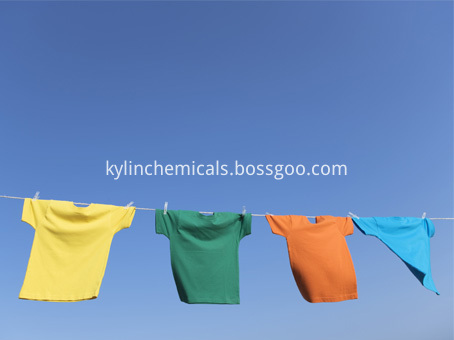Scientists at the Max Planck Institute for Solid State Research in Stuttgart and Ulm University in Germany used a supermicroscope (SALVE) to observe the performance of lithium ions with atomic resolution during electrochemical charge and discharge, proving that the double layer is in a single nano battery Graphene reversible lithium ion absorption. The research results were published in the latest issue of Nature.
Physicist Jurgen Smet of the Mapu Solid State Institute in Stuttgart said that the research shows that "pure carbon compounds are most suitable for use in lithium-based electrochemical storage systems, in which lithium is temporarily stored in the carbon body."
The project is funded by the Bafu State Foundation and aims to study the storage and diffusion of lithium in two-dimensional carbon compounds (such as graphene at the atomic level). To this end, Smet and his doctoral students developed a "mini battery" composed of two layers of graphene. Graphene is a two-dimensional material composed of a single layer of carbon atoms. At one end of an elongated electrochemical microbattery that was only 0.3 nanometers thin, the researchers applied electrolyte droplets with dissolved lithium salts on top. In order for the electrolyte not to interfere with the electron micrographs, the experiment must be accurately positioned and mechanically stabilized. They used a technique that added a polymer that cured under ultraviolet light, leaving the droplets as a gel-like solid and leaving it in place.
Experiments show that when voltage is applied to the nanobattery, lithium ions migrate from the electrolyte droplet to the gap of the graphene double layer and accumulate there; when the potential difference is removed, the accumulated lithium dissolves and migrates back to the electrolyte droplet in.
At the atomic level, this process is difficult to observe "in situ". The team led by Professor Ute Kaiser of Ulm University used ultramicroscopy to demonstrate for the first time the insertion of graphene at the atomic level.
The experimental results surprised the researchers. The traditional graphite-based battery has only a few closely packed lithium between the two carbon layers, while a very dense lithium layer is found in the graphene nano battery. Professor Kaiser said that ultramicroscopy provides a unique way to understand nano-batteries. Observing the diffusion of light elements such as lithium in graphene interlayers is a huge scientific challenge that traditional transmission electron microscopy (TEM) cannot. (Reporter Gu Gang)
Kylin Chemicals manufactures & supplies high performance Acrylic dispersant polymers & thickeners, serves a variety of use in the following applications.
Detergents and Laundry
- Acrylic acid - Maleic acid copolymer, counterparts for BASF Sokalan CP45, Sokalan CP5, Sokalan CP7, Acusol 497N
- Acrylic acid homopolymer, counterparts for BASF Sokalan PA 25 CL, DOW Acusol 445, Acusol 445N

Cosmetics and Personal Care
- Cross-linked polyacrylate polymer, counterparts for Carbomer 934, Carbomer 940, Carbomer 941, Carbomer 980, Carbomer 981, Carbomer 1342, Carbomer 1382 and Carbomer 2020, etc.

Our advanced DCS manufacturing systems, advanced analytical instruments and quality systems assure the quality, stability and sustainability to your supply chain needs.
Acrylic Dispersant Polymers & Thickeners
Acrylic Dispersant Polymers,Acrylic Dispersant Thickeners,Ethylene Diamine Tetraacetic Acid,Kl Carbomer
Kylin Chemicals Co., Ltd. , https://www.kylin-chemicals.com